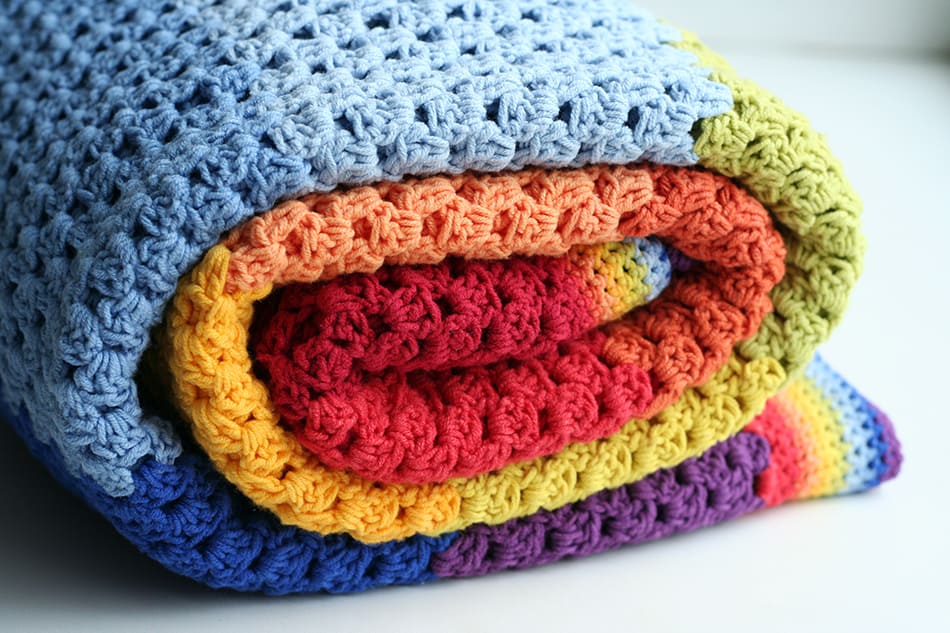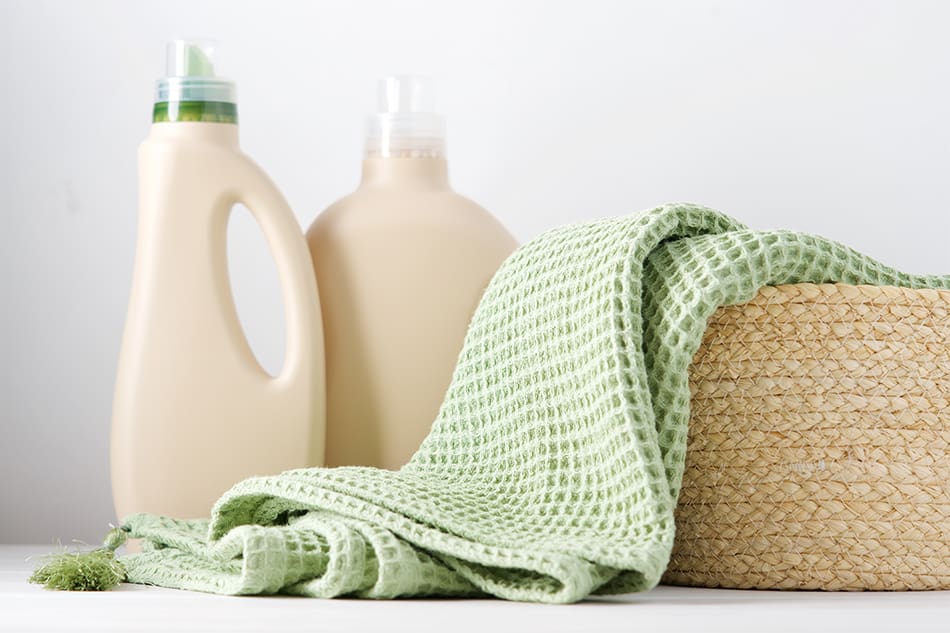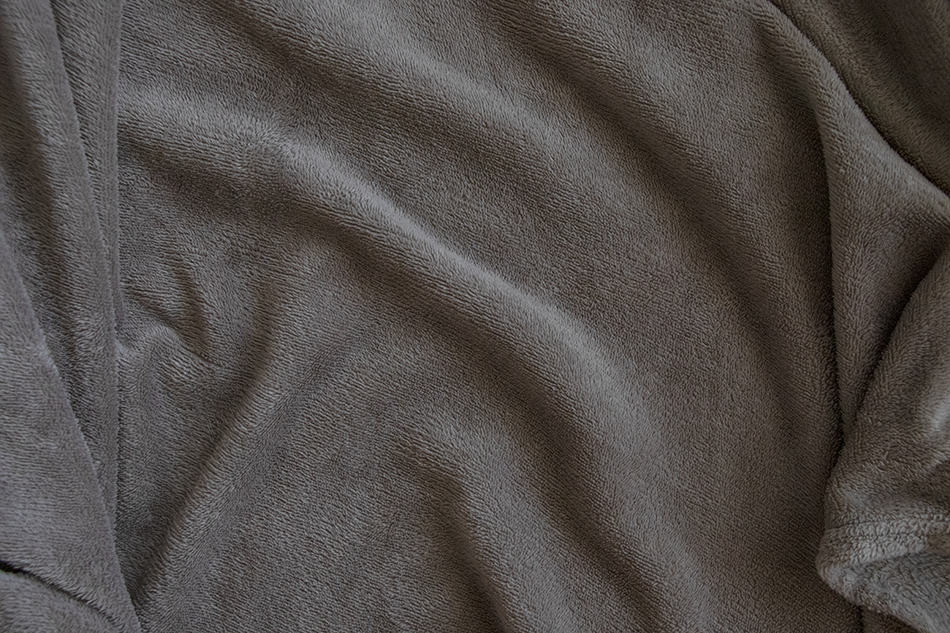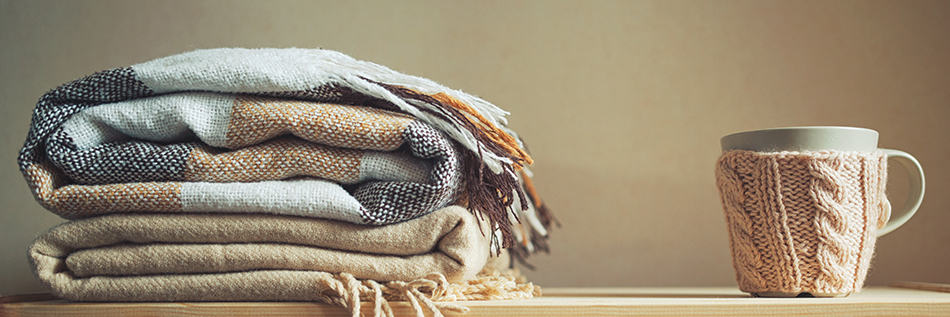Crochet blankets are usually handmade items that can hold a lot of sentimental value. You may have had one made especially for you by a relative or one you bought for your baby when they were first born. These types of blankets can be ruined easily if they are not cared for in the proper way, and most commonly, this happens when someone unknowingly puts their crochet blanket in the washing machine to be cleaned. If you need to wash your crochet blanket, follow these gentle instructions to keep it in the best possible condition.
Frequency
Crochet blankets should not need to be washed very often, and in most cases, you can get away with washing them once or twice a year, or at the very most once each season. The frequency with which you’ll need to wash the blanket will depend on how you use it, though. If the blanket is kept draped over a bed and used as an additional layer of warmth, then it should not get very dirty as it won’t be in direct contact with anyone’s skin.
However, if you use your crochet blanket to snuggle up on the sofa, then you may find it needs to be washed more regularly, especially if you have a pet that rests on the blanket or you eat food around the blanket. However, it is best to minimize the washing frequency as much as possible because the blanket will deteriorate very gradually with each wash.
Water
To wash your blanket, you will need to fill a large vessel with cold water. For a large blanket, a bathtub works well, or a baby’s blankets may be washed in a bucket or a washbasin. Ensure the vessel is clean before you fill it.
Detergent
Next, you should add the detergent to the cold water and swirl it around until it is evenly distributed. Select a mild detergent, ideally one which is non-biological or designed for babies and sensitive skin. You could also use baby shampoo as a budget alternative or invest in a detergent specially formulated for use with wool.
Wash
Dip your crochet blanket into the water and detergent mixture, and gently swirl it around. Avoid tugging, pulling, or stretching the blanket. Allow it to absorb the water and leave it to soak for no longer than 20 minutes.
Rinse
Empty the water from your bathtub or bucket while leaving the blanket in it. Pour fresh cold water onto the blanket to rinse it, and then empty the tub once again. Pour more cold water onto the blanket and keep repeating the rinsing process until all of the soap suds have been washed away. Avoid wringing the blanket as this can damage the delicate fibers.
Squeeze
Hold your blanket up into the air and allow the excess water to drip away. You can gently squeeze the blanket to encourage water out of it but refrain from wringing. For very large blankets, you can wrap them in a large bed sheet or tablecloth and use it as a hammock while the excess water drains away.
Wrap Dry
After all of the excess water has been squeezed from the blanket, you need to lay it on a towel or several towels and roll the towels up with the blanket inside. Press on the towels so that they soak up more of the excess water. Unwrap the crochet blanket and use dry towels to repeat the process, removing as much water as possible but avoiding being too rough with the blanket.
Lay Flat
Next up, move your crochet blanket to a flat surface to dry. For a big blanket, you might need to lay it on a dining table, a bed, or a large empty floor area. Make sure to protect the surface you are using; you could do this with a tarpaulin, a waterproof tablecloth, or any sizable sheet of plastic. Lay dry towels out onto the waterproof covers, then spread the blanket out on top of them, so it is flat. After a few hours, you should lift the blanket, replace the wet towels with dry towels, turn the blanket on its opposite side, and lay it back down. You can continue to turn it over every hour or so to promote even drying.
Reshape
You should reshape your blanket when it is damp; not completely dry, but not wet either. You can do this by very gently encouraging the wool fibers in different directions, such as squeezing them together. Avoid pulling or stretching as this can cause damage.
Lay Flat Again
After reshaping, repeat the previous step of laying the blanket out flat on some dry towels. The blanket should be completely dry after a further 24 hours, but if it still feels slightly damp, you can leave it for longer.
How to Remove Stains from a Crochet Blanket
If your crochet blanket has suffered a stain, you are probably wondering what to do because you cannot put it in the washing machine, and handwashing in a gentle detergent will likely not remove the stains. Instead, lay the blanket on a flat surface with a piece of cardboard or plastic behind it. Apply some harsh detergent directly onto the stain and rub it in slowly using your fingers.
Once the detergent has been absorbed, leave it for ten minutes and then hand wash as usual following the above method. If the stain is still visible, then the next option is to use baking soda. Sprinkle baking soda liberally onto the stain and work it into the fibers of the blanket carefully using your fingers. Add a small amount of white vinegar so that the baking soda takes the form of a paste. Allow this to work for a maximum of 15 minutes, and then hand wash as usual with a mild detergent.
Types of Fibers Used in Crochet Blankets
Wool
Wool is prone to shrinkage and so should always be washed in cold water. The preferred option for washing wool crochet blankets is by hand, though you may wish to try washing it in the washing machine if your appliance has a delicates or wool cycle. Only do this if you have a machine without a central agitator, which will usually be a front-loading washing machine. This is because the agitator can stretch and pull the blanket when it gets wrapped around it.
There are certain laundry detergents that are specifically designed to be used with wool and help to prolong the lifespan of the fiber. These contain lanolin, a natural substance derived from sheep, which has both conditioning and emollient properties. It improves the water-resistance quality of wool and helps to preserve it.
Superwash Wool
This type of wool has been specially treated so that it can withstand machine washing. Typically it will have been treated with chemicals or coated in a very thin layer of plastic. This prevents the wool fibers from sustaining damage during the washing process. However, crochet blankets made from superwash wool will still last longer when washed by hand. If you choose to machine wash them, do so using cold water and on a gentle cycle.
Acrylic
Acrylic yarn is made from manmade fibers, such as crude oil. It is not spun but instead twisted to create long threads. As these are not natural products like wool, they will not shrink. This means that crochet blankets made using acrylic yarn, or any other synthetic yarn, can be laundered in the washing machine on a regular cycle using warm water and any detergent of your choosing.
Cotton and Linen
Crochet blankets are not commonly made using cotton or linen fibers, but if you have a crochet blanket made from these natural products, you can wash it in the washing machine on a gentle cycle. You should use cold water if the blanket is not stained, but if it is stained, you can use warm water to increase the likelihood of stains being removed.
Tips for Caring for Crochet Blankets
Do Not Iron
Some people believe you can iron a crochet blanket, but it really depends on the type of fibers used to make it. Natural wool can withstand very gentle ironing, whereas acrylic or synthetic yarns will melt if they come into contact with the iron. An alternative if you want to reshape your blanket without washing it is to use a steamer, making sure to keep a few inches from the blanket.
Do Not Hang
Crochet blankets are heavy, so if you hand them, the weight will drag them down and cause them to become misshapen.
Correct Storage
Fold up or roll your crochet blanket and put it into a breathable bag. Store it in a cool and dark place.
Avoid Humidity
Don’t use your crochet blankets in humid environments, such as basements, and avoid storing them in humid spaces or in plastic bags. The humidity can cause the fibers used in crochet blankets to break down or can encourage the growth of mold.










